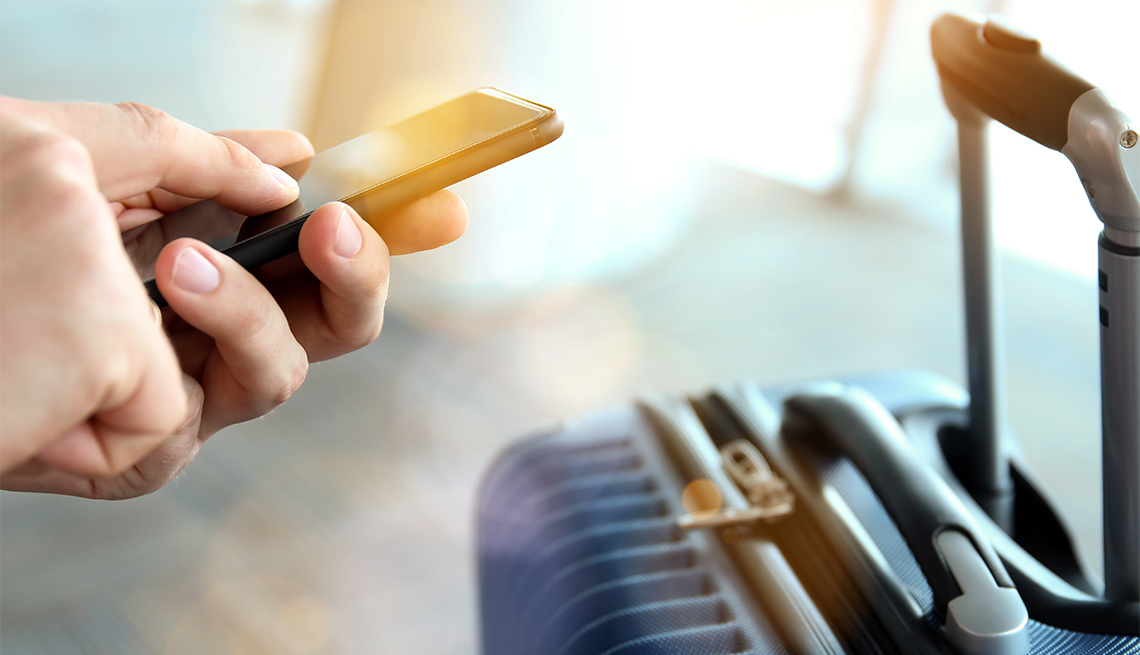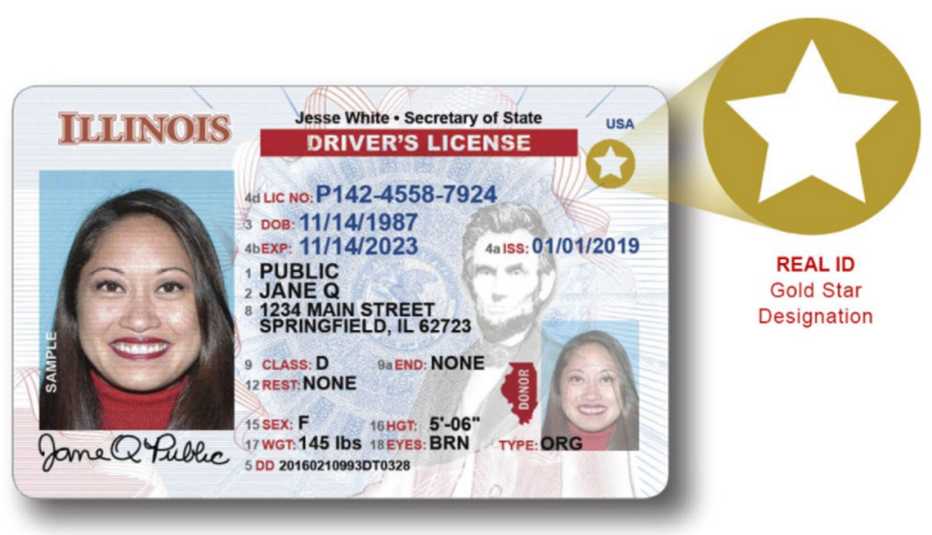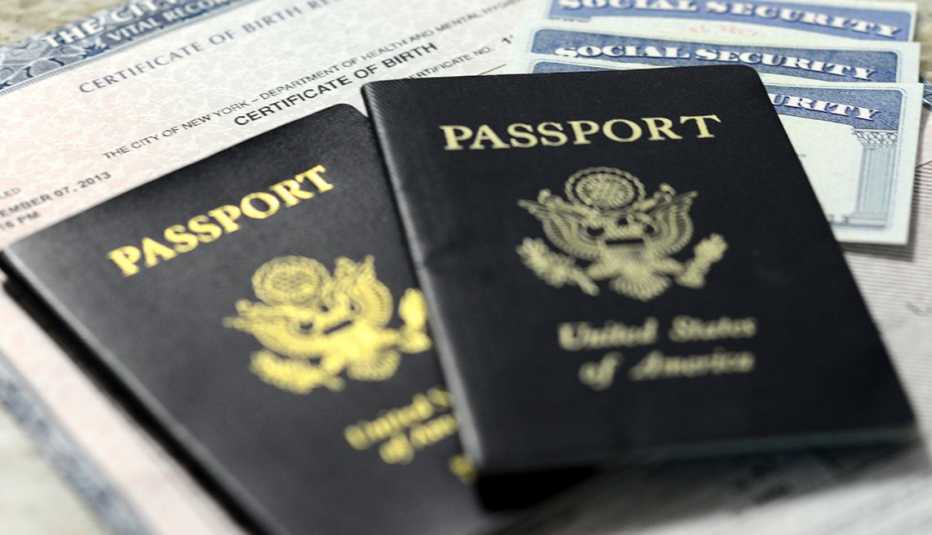AARP Hearing Center
| Some 2 million passengers are moving through U.S. airports daily, according to the Transportation Security Administration, crowding gates, eateries and security lines. And even more travelers are taking to the road. In early July alone Americans drove 16.8 million miles, bringing traffic to levels just below the same time in the summer before the COVID-19 pandemic. Whether in airport settings or new destinations, it's important to protect personal information. Here are seven tips and best practices to make for a well-prepared and safe journey.
1. Make copies of your ID and cards
In preparation for your travels, make copies of your driver's license and passport, credit and debit cards, and anything else that would be important to replace while away, according to Security.org, an online resource for safety and security information.
Keep the copies in your checked suitcase or carry-on bag, in case you misplace the originals in the bustle of the airport — or worse, they are lost or stolen while you are on the road. Also, it is recommended that you leave copies with a trusted family member or friend, so if you are stranded without them you can get proof of identity and credit card numbers sent to you.
2. Keep medical records handy but concealed
If you need or want to travel with medical records, bring physical copies of your prescriptions, proof of vaccinations, medical and allergy history, and a brief description of your medical condition, to be used in case of a medical emergency. Keep these records concealed but accessible, either on your person (in a pocket, purse or belt bag) or in a carry-on bag.



































































